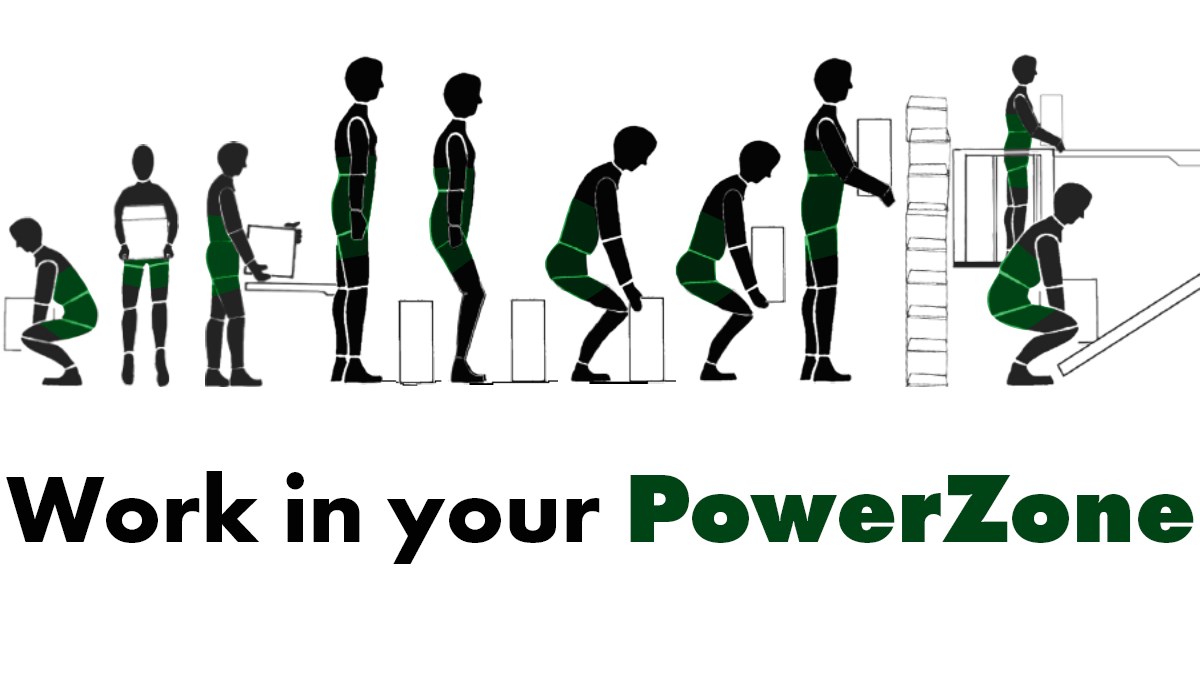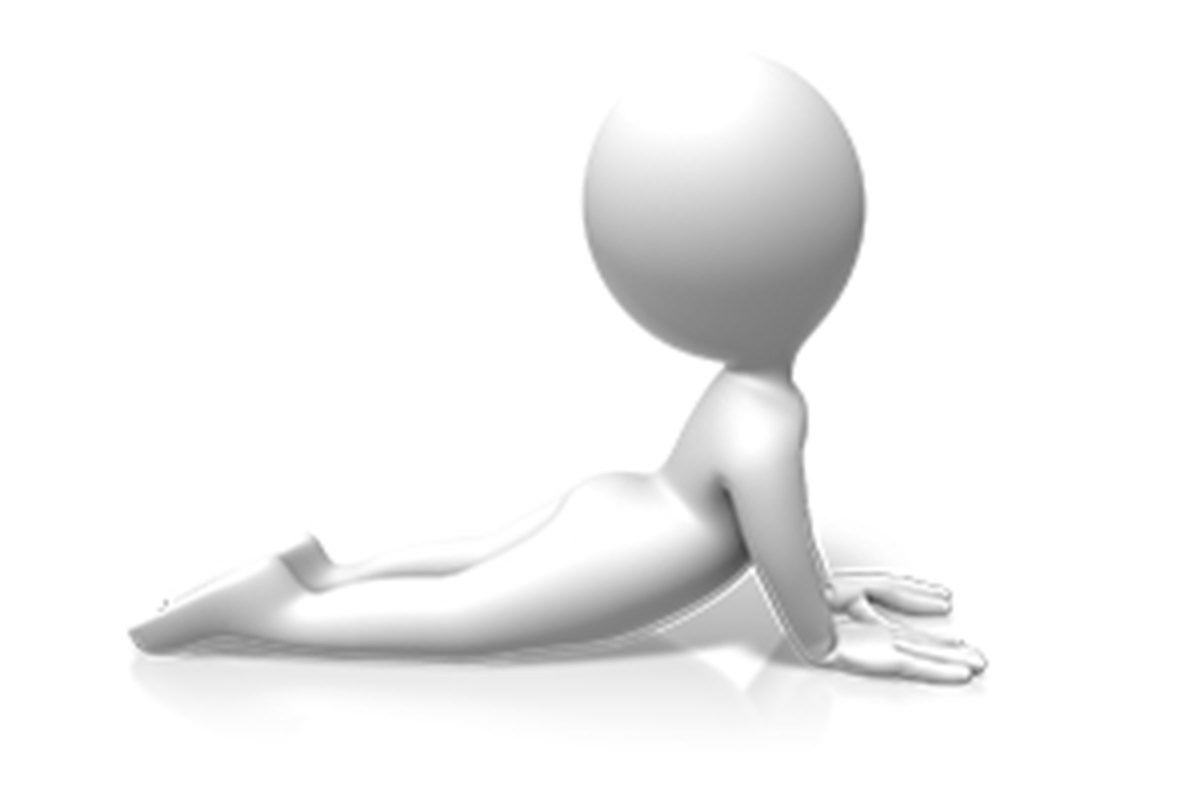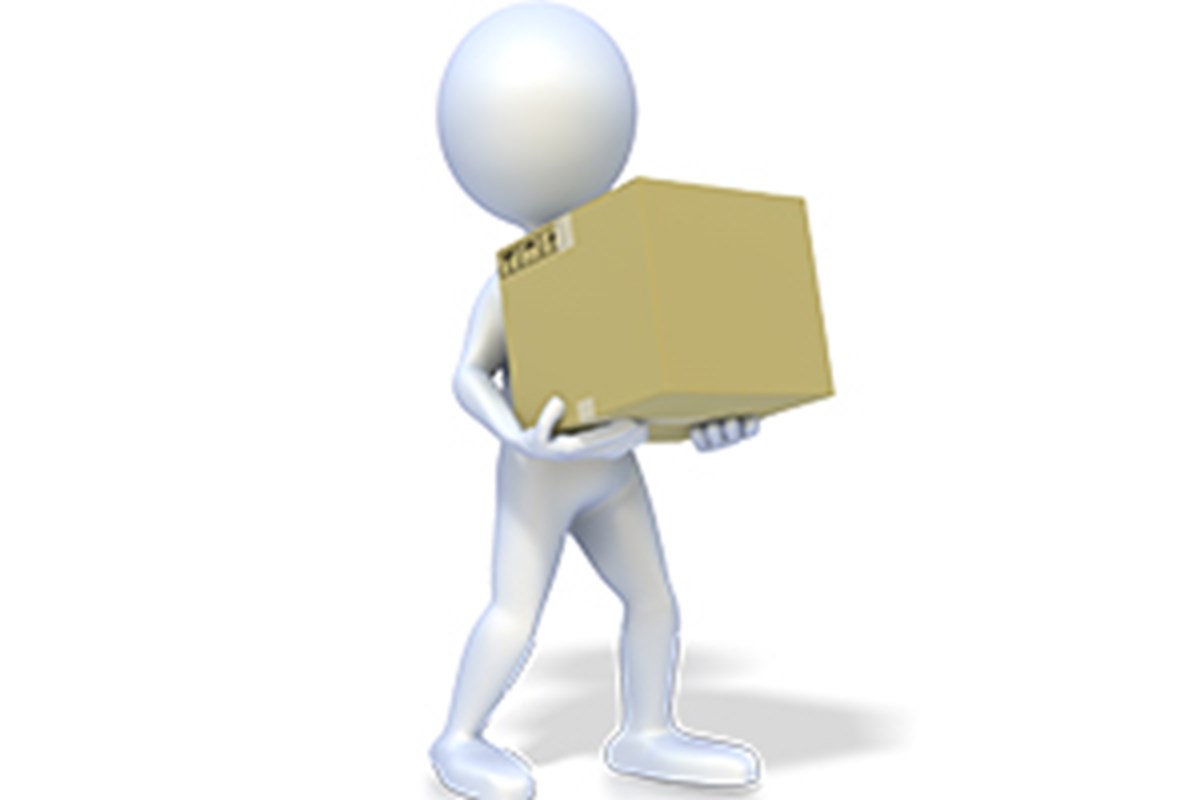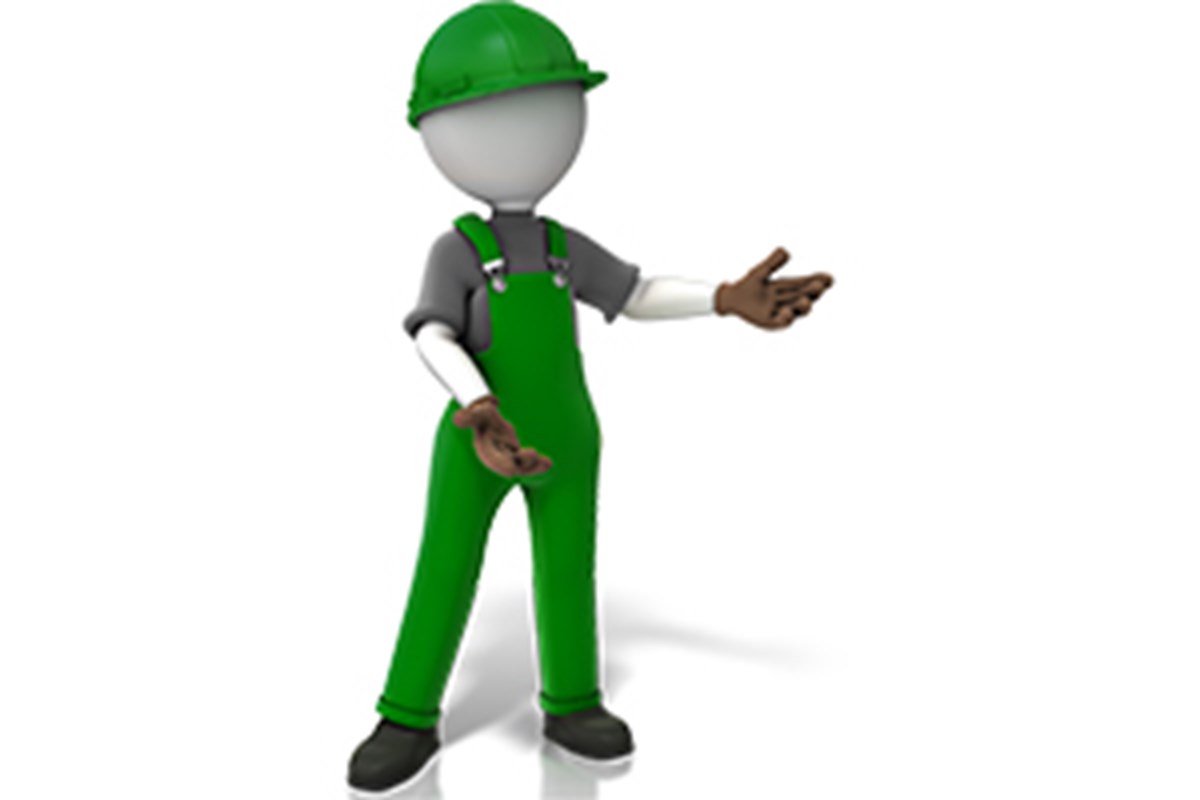Work in your PowerZone to stay healthy
— 7 steps to avoid risks and injuries
Working full time moving and handling is physically demanding and can be incapacitating, if no technical aids are used.
Young people tend to underestimate the consequences of moving and handling heavy cargo under poor working conditions. Similarly companies are not aware of the economic consequences of poor working conditions. Cost-benefit analysis studies show that investing in occupational safety and health yields the best results.
Used as a supplement to the health and safety policies of your organisation, our Moving and Handling guidelines can help you optimize the work environment for youself and your employees.
Should you have any enquiries about the health and safety practices at your workplace, please contact your line manager.

Using the right equipment facilitates healthy, ergonomic power zone lifting.
In the film, you can see how it makes the job easier too.
With Caljan Belt-2-Box concept, parcels are dragged onto the conveyor belt, more than they are lifted - for fewer steps AND fewer injuries.

1. Be active
Your body is designed to move. Staying in one position for too long will make your muscles stiff — even when the position is comfortable. To prevent stiffness, change your position as often as you can. Make a point of stretching your body at repeated intervals during your workday.

2. Work in your Power Zone
Your body is strongest around the middle. To be exact, your most powerful area is between the shoulder and just above the knee. At Caljan, we call this the “Power Zone”. When moving and handling parcels and other loose-loaded cargo, keep the item close to your torso. When you work within your Power Zone, the risk of muscular strain and injury to the joints, tendons and ligaments is reduced.

3. Reduce repetitions
Repeating short, intensive movements over and over again can give rise to muskolar skeletal injuries. Poor posture, or the same posture over extended periods of time, increases the risk of repetitive injury. To avoid this, try to vary your movements when handling large volumes of parcels.

4. Lighten the load
The more force you need to move the item, the more likely you are to injure yourself while handling it.
With that in mind, consider how heavy the item may be before lifting it. If the weight of the package prevents you from working in your Power Zone, is there a lifting aid that you can use? If you have no equipment that would make the work easier, ask a colleague for help moving and handling the item.

5. Maintain good posture
When you outstretch your arms to lift a parcel, you are upsetting the natural balance of your body. This will actually make the parcel feel heavier to lift. Rule of thumb is: the bigger the distance between package and the centre of your body, the heavier the weight will feel.
Therefore, keep your torso upright when you move and handle cargo. Don’t lean in or out. If you need to bend a joint, try to keep the angle as close to 90° as possible.

6. Wear protective clothing
Use protective clothing, e.g. gloves to prevent hard or sharp objects from digging into your skin.
Areas like your thighs and fingertips are particularly sensitive to contact stress. Continuous pressure to a small area can inhibit the flow of blood resulting in bruising or sore muscles.
Wearing protective clothing may also prevent patches of skin from blistering due to friction.
7. Temperatures and lighting
Cold temperatures are believed to contribute to risks of repetitive strain injuries when handling cargo. Because this type of injury most often affects the upper body, wear a warm jacket and gloves if possible. You may also consider the possibility of heating the truck or container in which you will be working.
Good lighting is crucial to a comfortable working environment. Having floor lighting makes it safer for you to move around inside the truck or container, eliminating tripping hazards. Both ambient and background lighting are therefore required to illuminate the immediate work area.